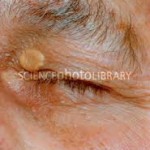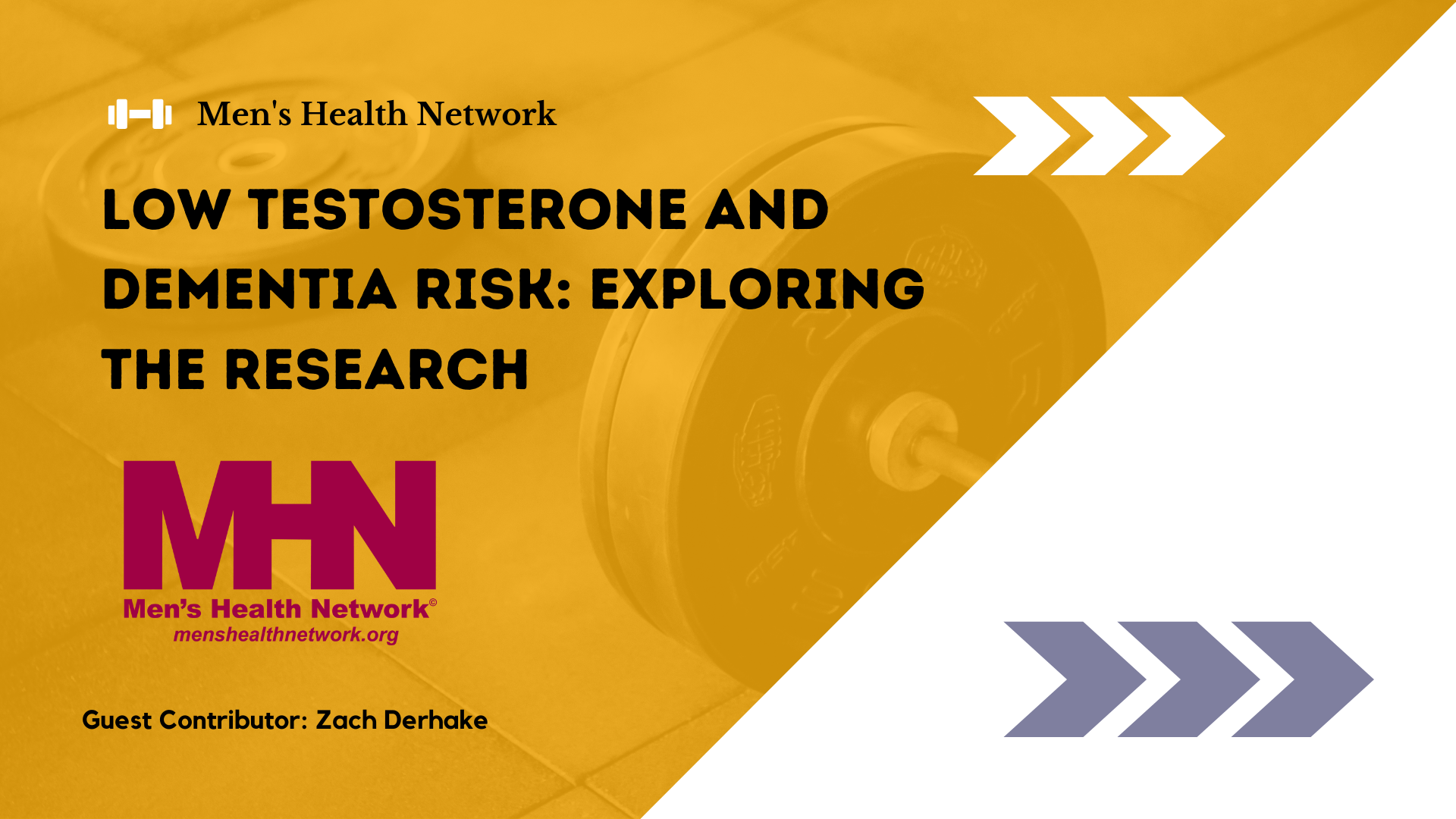 Some people say that the eyes are the windows to the soul. That may or may not be true. But researchers have just found that the eyes—specifically fatty deposits around the eyelids—and several other facial characteristics may accurately predict your risk of having a heart attack.
Some people say that the eyes are the windows to the soul. That may or may not be true. But researchers have just found that the eyes—specifically fatty deposits around the eyelids—and several other facial characteristics may accurately predict your risk of having a heart attack.
Anne Tybjaerg-Hansen, M.D., the study’s senior author and professor of clinical biochemistry at the University of Copenhagen in Denmark, said that, “The visible signs of aging reflect physiologic or biological age, not chronological age, and are independent of chronological age.” Translation? If your heart feels old, you may look old too—even if you’re not actually that old at all.
Tybjaerg-Hansen and her colleagues tracked nearly 11,000 people (55% men) over 35 years and found that those who had three or four common signs of aging: receding hairline, baldness on the top of the head, earlobe creasing, or fatty deposits around the eyes (called xanthelasmata), were 57 percent more likely to have a heart attack and 39 percent more likely to have heart disease than younger-looking people the same age. The most accurate predictor of both heart attack and heart disease? Those fatty eye deposits.
Heart attack and heart disease risk increased with each additional sign of aging in all age groups and among men and women. The highest risk was for those in their 70s and those with multiple signs of aging.
It’s not clear whether there’s knowing this will actually help you (an no, while plastic surgery, botox injections, and hair transplants might make you feel better for a while, they won’t reduce your risk of heart disease or attack). But take an extra minute or two next time you’re in front of a mirror. If you think you’re looking prematurely old, talk to your doctor. You might be able to catch something early enough to make a difference—or even to save your life.



